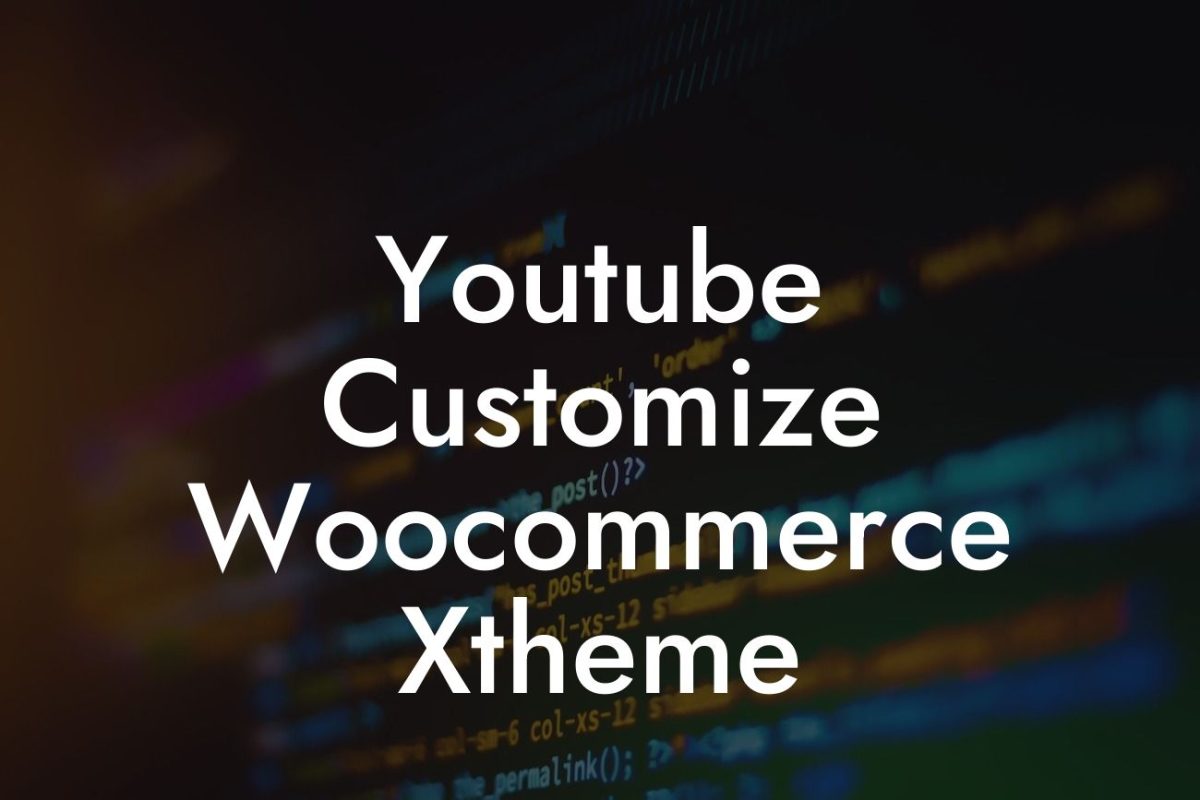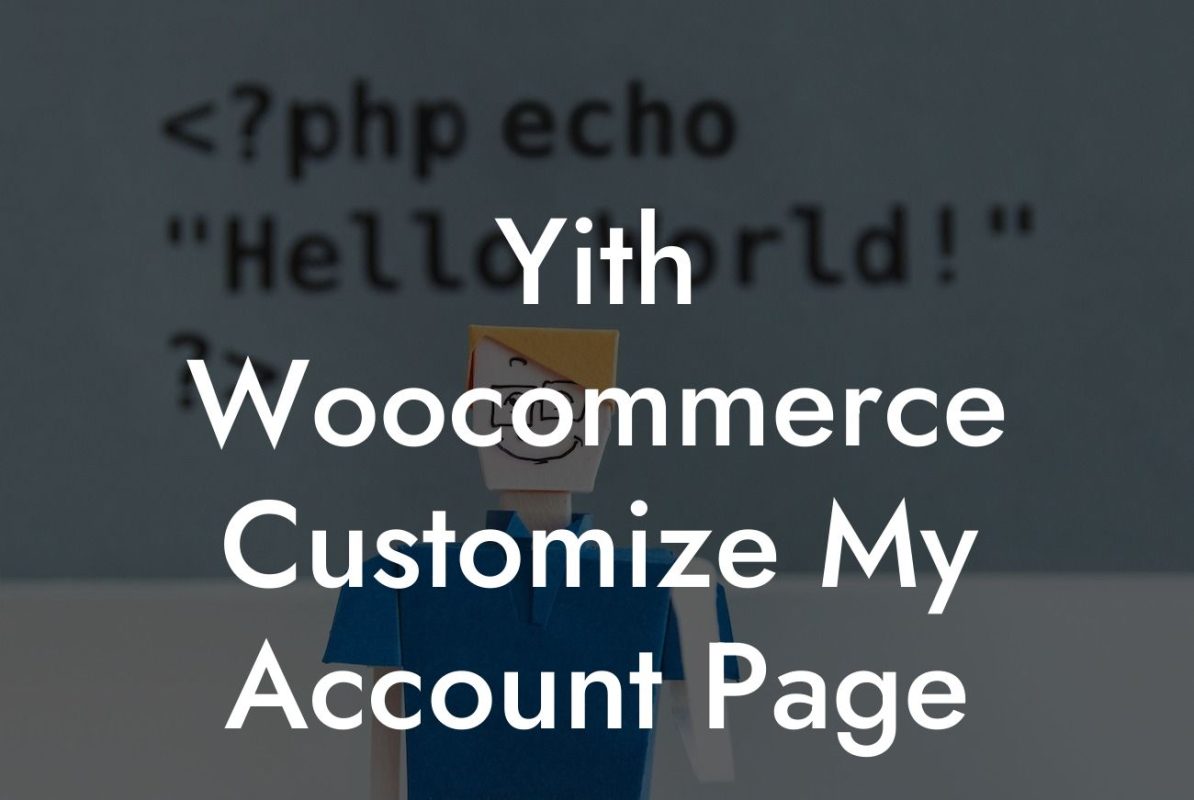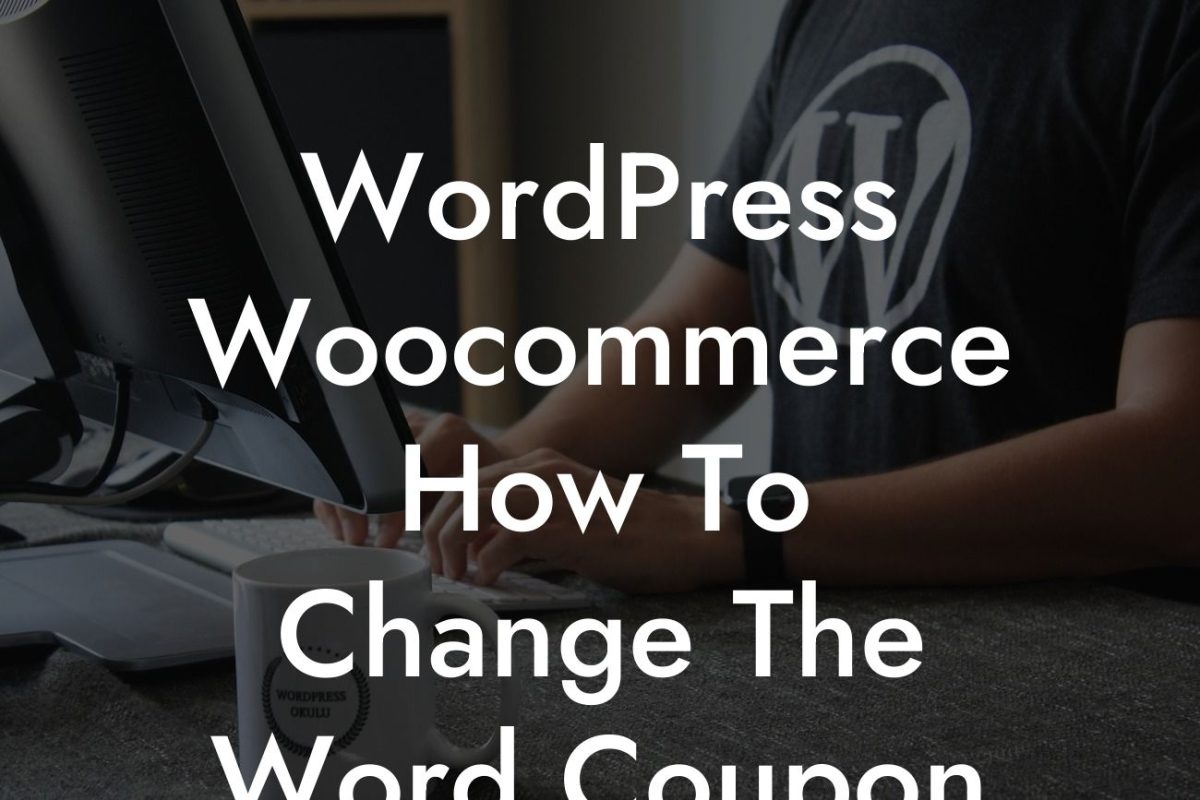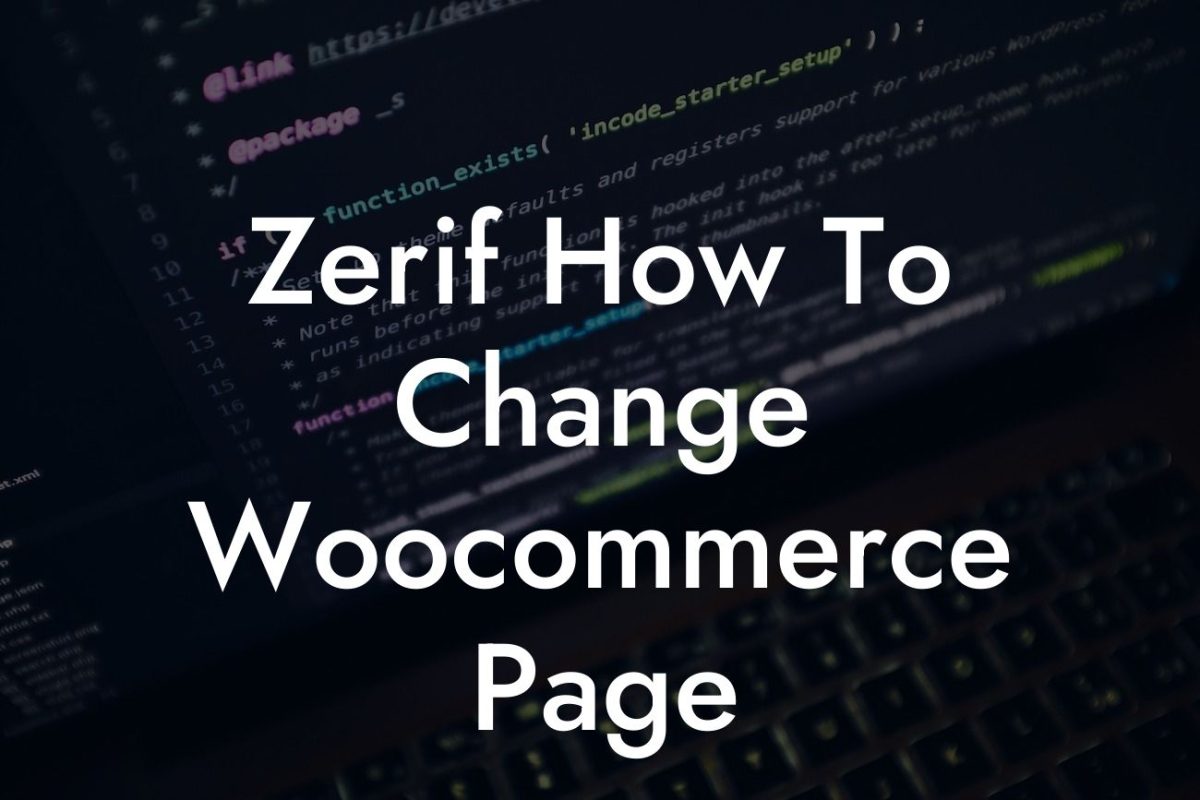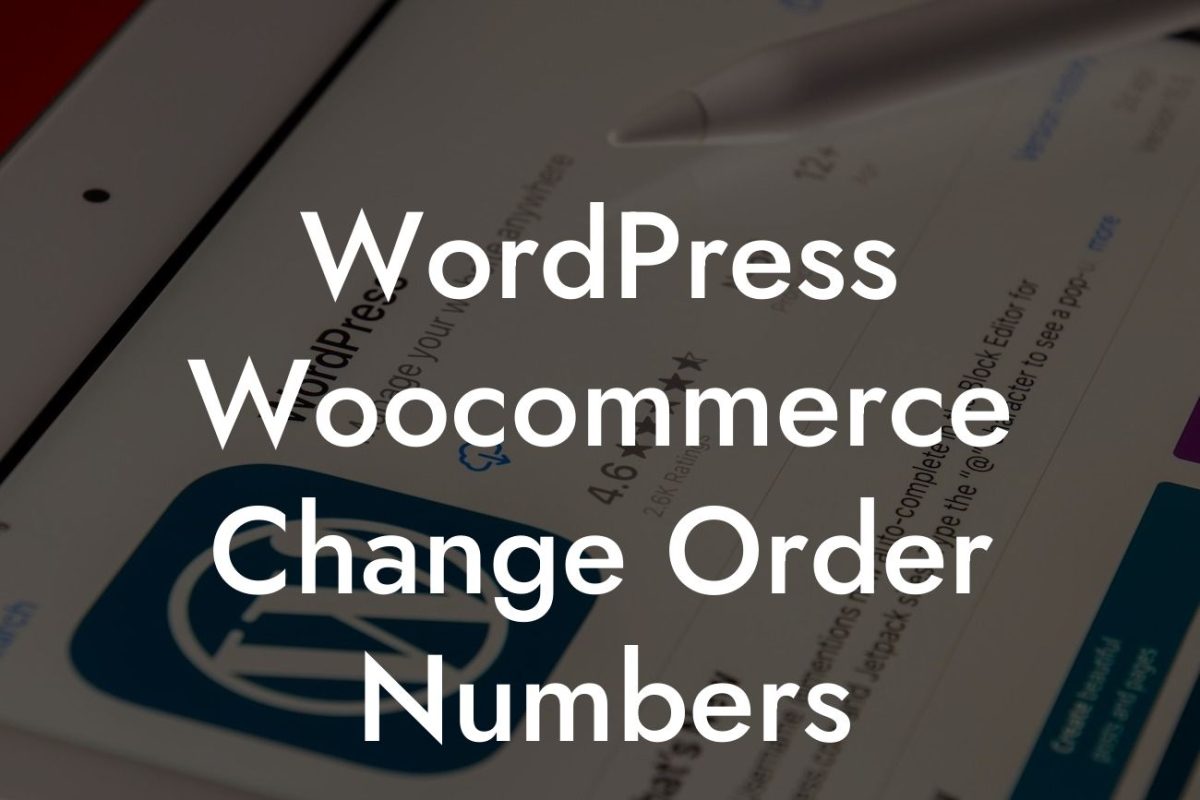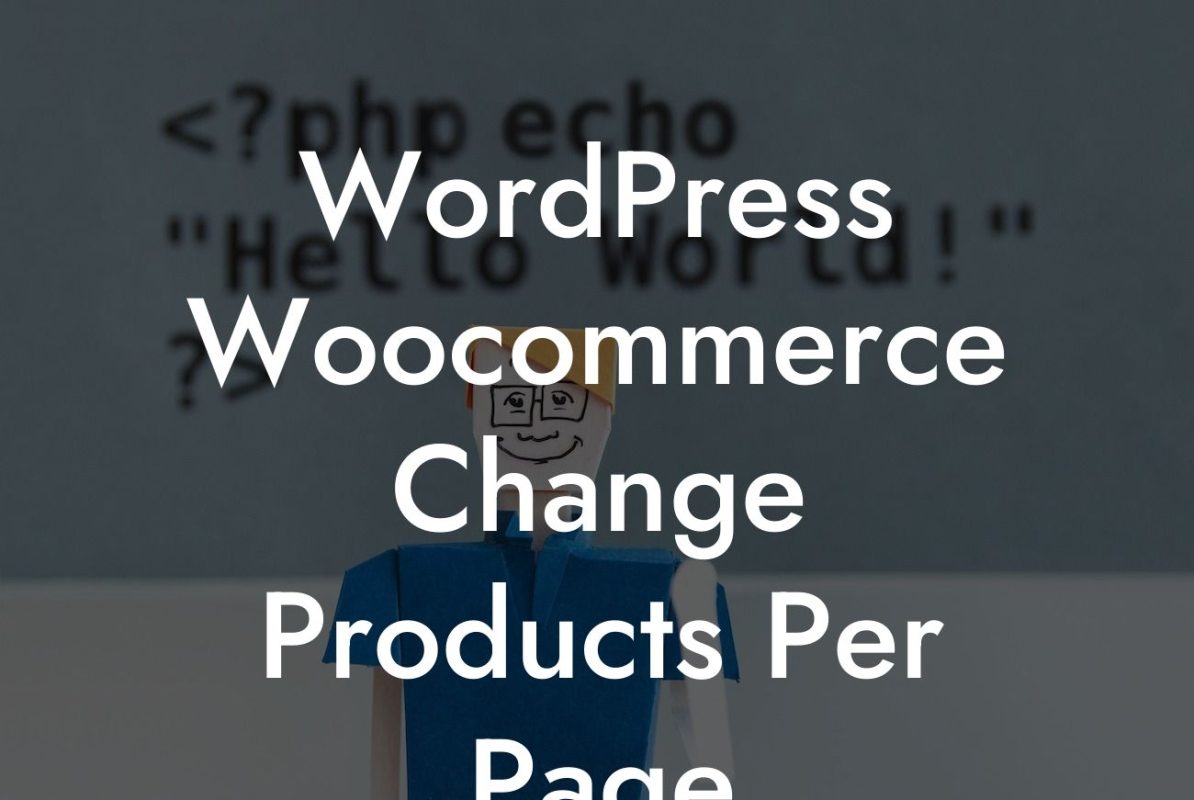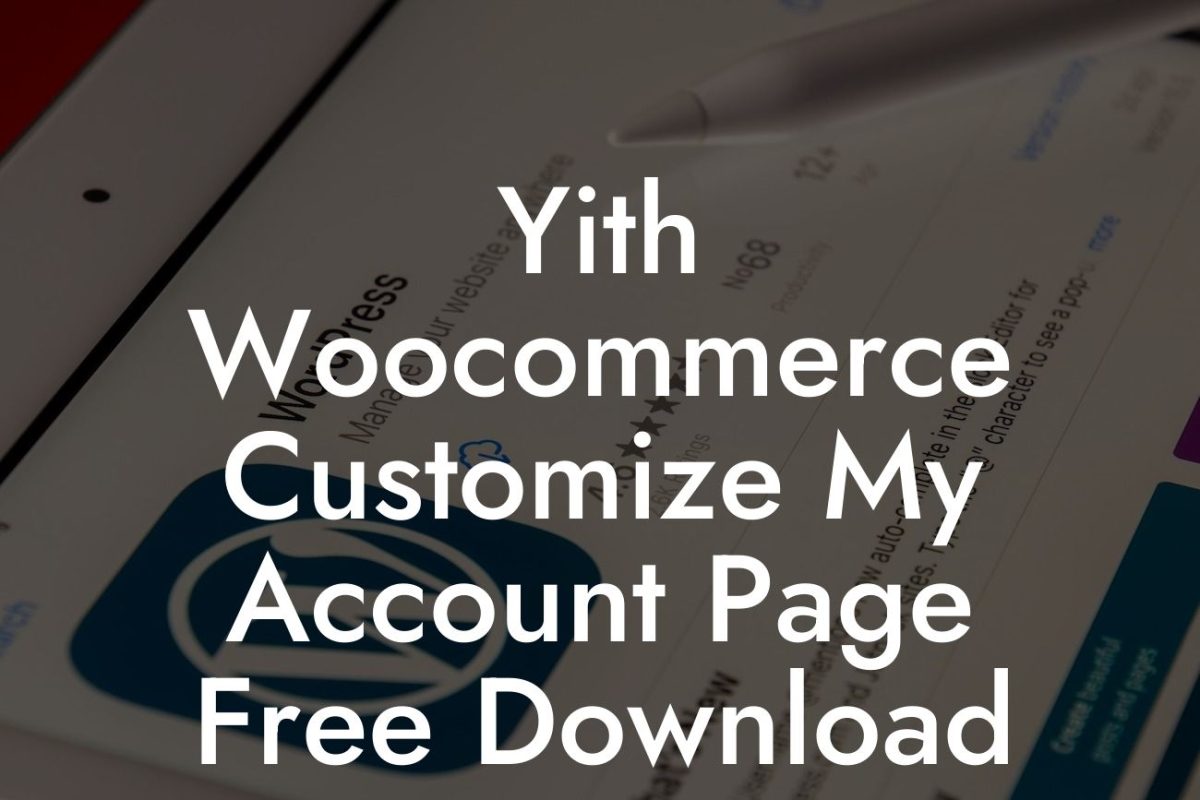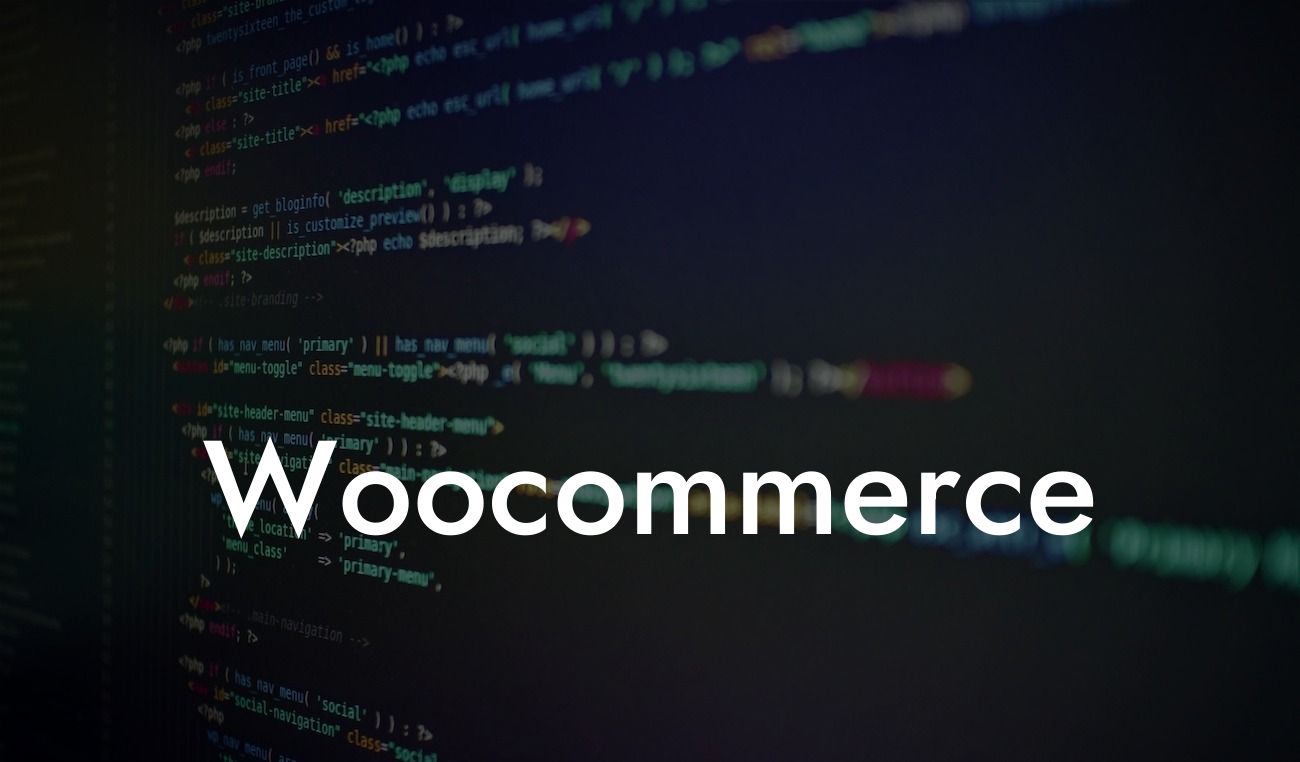Are you tired of the standard sign-up fields in your Woocommerce store? Do you want to collect more relevant information from your customers during the registration process? Look no further! In this guide, we will show you how to easily change and customize the sign-up fields in your Woocommerce store. By doing so, you can enhance user experience, gather crucial data, and tailor your marketing strategies to meet the specific needs of your small business or entrepreneurial venture.
Changing the sign-up fields in Woocommerce may seem daunting, but with our step-by-step instructions, you'll be able to customize them in no time. Follow these simple guidelines:
1. Install and activate the DamnWoo Sign-Up Fields plugin: [Insert suitable H3 heading here]
- Download and install the plugin from the WordPress repository.
- Activate the plugin to access its features and settings.
Looking For a Custom QuickBook Integration?
2. Access the plugin settings: [Insert suitable H3 heading here]
- Once activated, navigate to the Woocommerce settings tab on your WordPress dashboard.
- Click on the "Sign-Up Fields" option to access the plugin settings.
3. Customize the sign-up fields: [Insert suitable H3 heading here]
- Add, remove, or edit the existing sign-up fields to match your business requirements.
- Utilize the various field types available, such as text, dropdown, checkbox, or radio buttons.
- Arrange the fields in a logical order to ensure a smooth registration process for your customers.
4. Enable validation and validation messages: [Insert suitable H3 heading here]
- Activate field validation to ensure accurate data collection.
- Customize the validation messages to guide users and prevent errors.
Woocommerce Change Sign Up Fields Example:
Let's say you run an online clothing store, and you want to collect additional information during the registration process, such as clothing size, preferred colors, and style preferences. By using the DamnWoo Sign-Up Fields plugin, you can easily add these fields to the sign-up form. This valuable information allows you to personalize your marketing campaigns, recommend customized products, and provide a tailored shopping experience for your customers.
Congratulations! You have successfully learned how to change and customize the sign-up fields in your Woocommerce store. By leveraging the power of DamnWoo's Sign-Up Fields plugin, you can revolutionize your online business presence. Don't forget to share this article with others who may benefit from it, and explore other guides on DamnWoo to uncover more valuable insights. Try out our awesome plugins and witness the extraordinary transformation of your online venture.



